Plaque with elephant-headed warriors
Pegu, c. 1479.University of Oxford - Ashmolean Museum
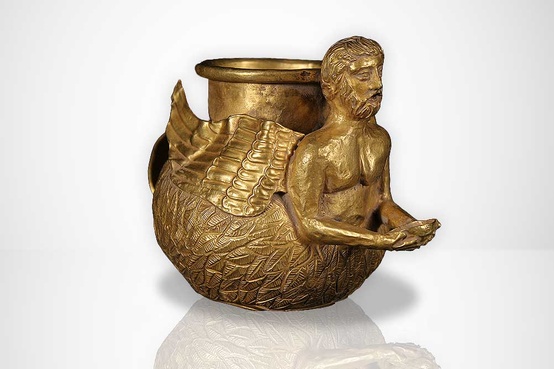
Drinking vessel: Date: ca. 4th century BCE – 2nd century CE Medium: Gold Uranium, Thorium—4Helium dating, Asia.
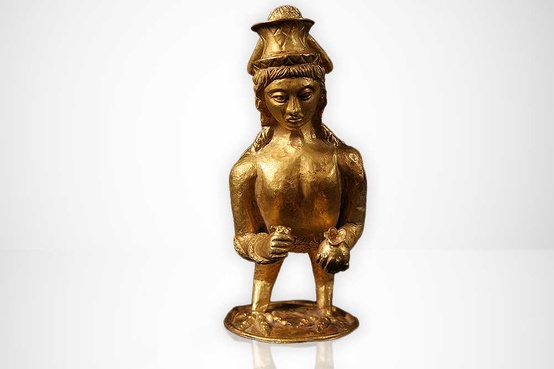
Siren:Date: c. 5th Century BCE Medium: Gold Size: 6 1/8” h, Asia.

Egyptian scarab intaglio gem

Shaft-hole axhead with a bird-headed demon, boar, and dragon, late 3rd–early 2nd millennium B.C.
Central Asia (Bactria-Margiana)
Silver, gold foil. The Metropolitan Museum of Art

Statue of a Crocodile with the Head of a Falcon, Egyptian, ca. 400-250BC, late Period-Early Greco-Roman.


The name Nergal, Nirgal, or Nirgali refers to a deity in Babylon with the main seat of his cult at Cuthah represented by the mound of Tell-Ibrahim. Nergal is mentioned in the Hebrew bible as the deity of the city of Cuth (Cuthah): “And the men of Babylon made Succoth-benoth, and the men of Cuth made Nergal” (2 Kings, 17:30). According to the rabbins, his emblem was a cock and Nergal means a “dunghill cock”. He is the son of Enlil and Ninlil.

Furniture element
Near Eastern, Mesopotamian, Assyrian. 10th–9th century B.C.
Legacy dimension: H: 5.3 cm W: 1.9 cm x D: .8 cm
Silver
Museum of Fine Arts, Boston

The Babylonians believed that the demoness Lamashtu was responsible for still births and cot-deaths. A woman would have worn this quartzite stone amulet (now broken) during pregnancy and labour so that the fierce demons on it, and the incantation on the back, would scare Lamashtu away

A Lamassu (Sumerian: dlamma; Akkadian: lamassu), is a protective deity, often depicted with a bull or lion’s body, eagle’s wings, and human’s head. In some writings, it is portrayed to represent a female deity. A less frequently used name is shedu (Sumerian: dalad; Akkadian, šēdu; Hebrew: שד) which refers to the male counterpart of a lamassu.

MUSHUSSU - Babylon dragon of Chaos.

Figure of a Recumbent Lamassu
Neo-Sumerian
Musée du Louvre
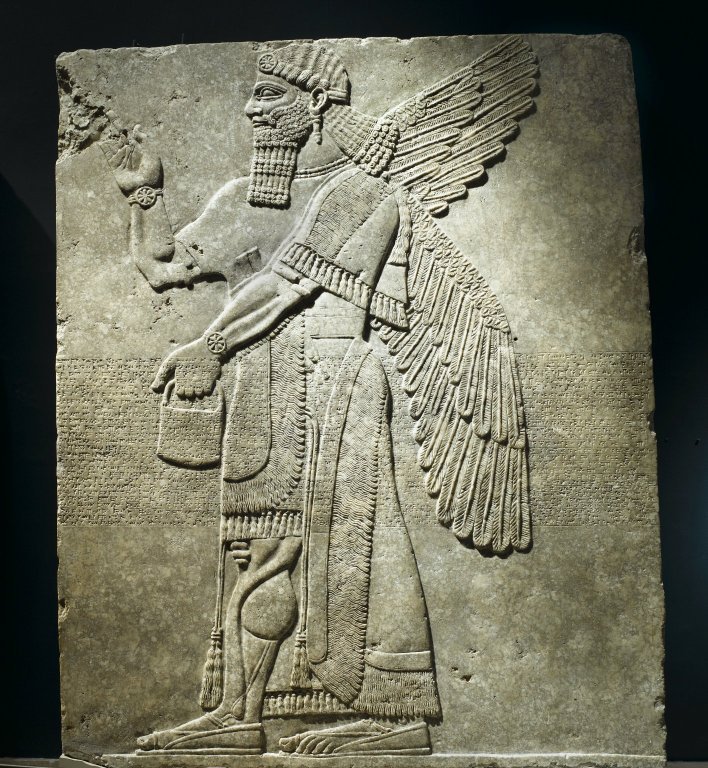
Assyrian, 883-859. The Brooklyn Museum

Breastplate
Neo-Assyrian, 800-500 BC
The National Museum of Asian Art

Statuette of Pazuzu
Assyrian, beginning of the 1st millennium BC
Musée du Louvre


Cheekpiece in the form of a winged human-headed bull
ca. 800 – 600 B.C.Iranian
Princeton University Art Museum

Cheekpiece in the form of a winged mouflon
ca. 1000 – 750 B.C.Iranian
Princeton University Art Museum

Molded plaque of a griffin genie (apkallu)
late 9th – 7th century B.C. Neo- Assyrian
Princeton University Art Museum
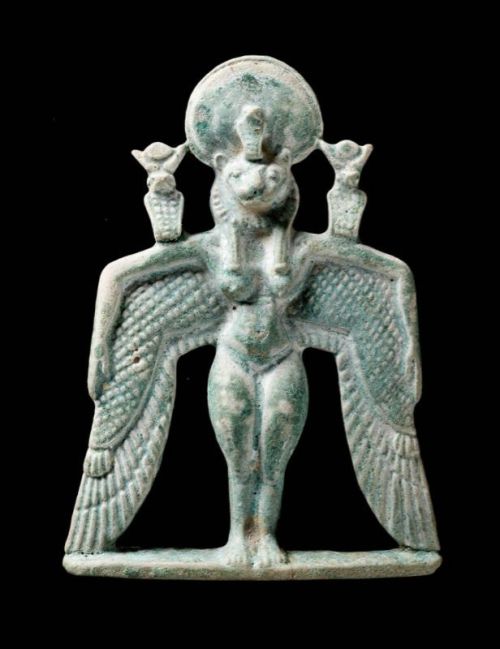
Amulet of a winged goddess
Nubian, Napatan Period, reign of Piankhy (Piye), 743–712 B.C.
Findspot: El-Kurru, Nubia (Sudan)
Museum of Fine Arts, Boston
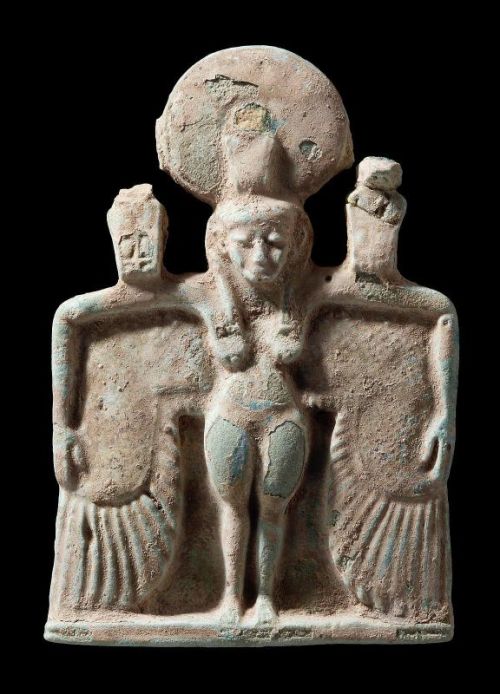
Amulet of a winged goddess
Nubian, Napatan Period, reign of Piankhy (Piye), 743–712 B.C.
Findspot: el-Kurru, Nubia(Sudan)
Museum of Fine Arts, Boston
Striding figure with ibex horns, a raptor skin draped around the shoulders, and upturned boots
Period: Proto-Elamite Date: ca. 3000 B.C. Geography: Mesopotamia or Iran
This solid-cast sculpture is one of a pair of nearly identical images of a hero or a demon wearing the upturned boots associated with highland regions, his power enhanced by the mighty horns of the ibex on his head and the body and wings of a bird of prey draped around his shoulders. It was created at the time the first cities emerged in ancient Sumer. A new world view conceived of human figures in realistic terms, through accurate proportions and highly modelled forms with distinctive features - here, the triple belt and beard that define divine beings and royalty. The blending of human and animal forms to visualize the supernatural world and perhaps to express shamanistic beliefs, however, is more characteristic of the contemporary arts of Proto-Elamite Iran, where a remarkable tradition of metalworking developed during this period.
Source: Metropolitan Museum
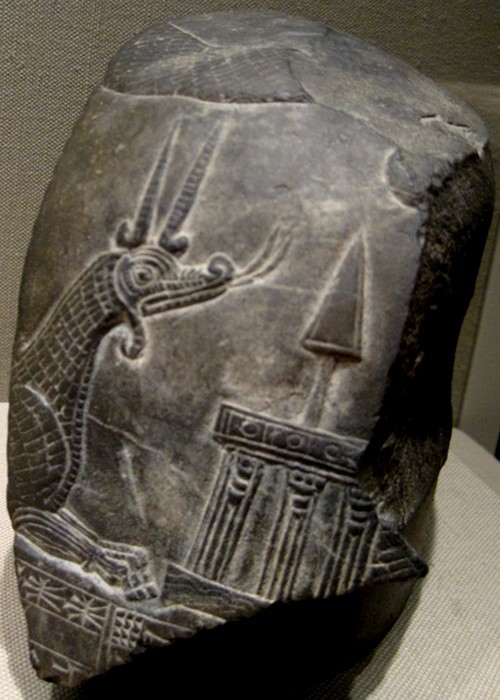
Mushussu (also known as Mushhushshu or Sirrush) is the Dragon of Babylon and one of two animals depicted on the Ishtar Gate.



Лилит.

На веревке аннунаки привели монстра к Эа.Нечем тут хвастаться,опять урод получился,не способный к продолжению рода,а оно,пожалуй,и к лучшему.

Человекоподобный монстр охотиться за звероподобным монстром.

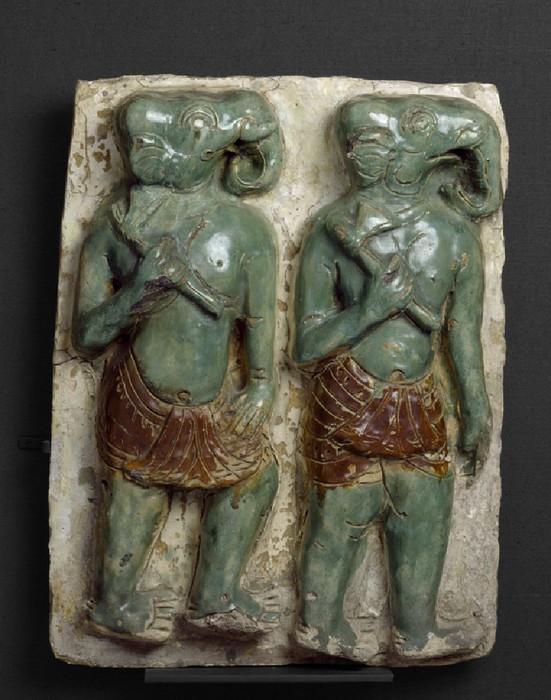

Комментариев нет:
Отправить комментарий